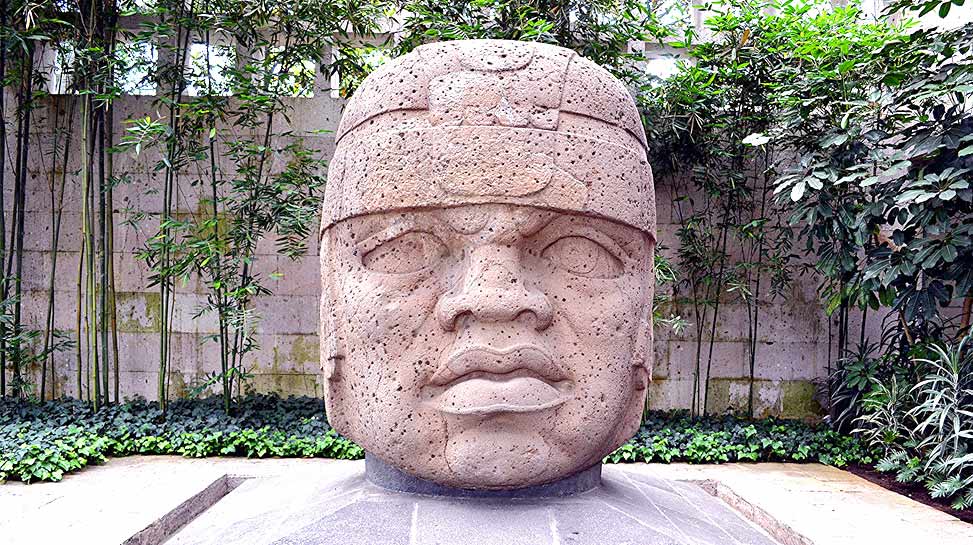Black History
There is no denying the great antiquityof these Negroid figures

The archaeological contexts in which they have been found have been radio-carbon dated…. There is no denying their Negroness either. The ancient Americans who sculpted them have been shown to be absolute masters of realistic portraiture and did not arrive at these distinctive features through accidental stylization.
The features are not only Negro-African in type but individual in their facial particulars, canceling out the possibility of ritual stereotypes of an unknown race produced by some quirk of the sculptor’s imagination.
The people who were host to these Negro-African figures are known as the Olmecs.
At the sacred center of the Olmec culture—La Venta-about eighteen miles inland from the Gulf of Mexico which flows into the Atlantic, there stood four colossal Negroid heads, Six to nine feet high, weighing up to forty tons each. They stood in large squares or plazas in front of the most colorful temple platforms, the sides and floors of which were red, yellow, and purple. They stood twelve to twenty times larger than the faces of living men. They were like gods among the Olmecs.
In this center of La Venta, there were great altars. One of these (known as the third altar) was made out of one of the Negroid heads, flattened on top for that purpose.
A speaking tube was found to go in at the ear and out at the mouth so that the figure could function as a talking oracle… The construction of these Negroid figures is a fact of staggering proportions.
Imagine forty tons of basalt block mined from stone quarries eighty miles away and transported to the holy center of La Venta-not in pieces but in one massive chunk…It was not only at La Venta that these extraordinary heads were found. In all, eleven colossal Negroid heads appear in the Olmec heartland-four at La Venta, five at San Lorenzo, and two at Tres Zapotes in southern Vera Cruz.”
Ivan Van Sertima, “They Came Before Columbus,” pp. 30-31.

